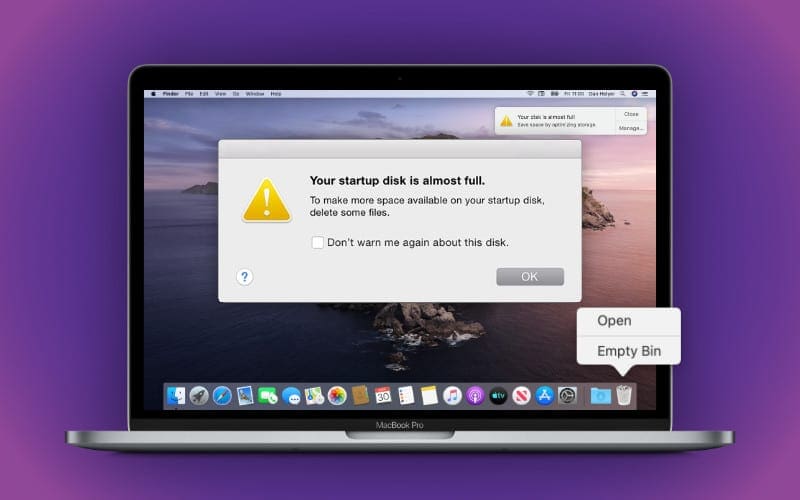

- Uninstall mac os sierra install#
- Uninstall mac os sierra update#
- Uninstall mac os sierra software#
- Uninstall mac os sierra password#
This software is effective to remove apps and it’s easy to remove apps as you can see. Then you can check and you will find the selected apps are removed from macOS Sierra without leftover. Then it will remove the apps and associated files completely from macOS Sierra. Uninstall the selected apps in macOS Sierra.Īfter choosing the files, please then click the Uninstall button to proceed. You can also see the associated files related to the selected apps. If you want to remove some apps, please check and choose the apps by ticking the check-boxes before the apps. Then you will see all the installed apps on the Mac is listed. Run the free uninstaller AppRemover.Īfter installing the tool to your Mac, please run it directly in Launchpad. Please do as follows to remove apps with this freeware step by step.

Only a few clicks needed, you can then remove apps directly. You can use this software to uninstall apps from macOS Sierra easily. Steps to uninstall apps with Donemax AppRemover Also, it’s very flexible to uninstall apps with this software. Any related cache, cookies, log files, register files, and many other associated files to the apps will be completely removed from the system.
Uninstall mac os sierra install#


Erase and Install OS X Restart the computer.When the Utility Menu appears select Reinstall OS X then click on the Continue button. Reinstall OS X by booting from the Recovery HD using the Command and R keys.
Uninstall mac os sierra update#
Uninstall mac os sierra password#
Click on the lock icon and enter your Admin password when prompted. Create a New User Account Open Users & Groups preferences.Restart the computer from the Apple Menu. Quit Disk Utility and return to the Utility Menu. Click on the First Aid button in the toolbar. Select the indented (usually, Macintosh HD) volume entry from the side list. Choose Disk Utility and click on the Continue button. Immediately after the chime hold down the Command and R keys until the Utility Menu appears. Repair the disk by booting from the Recovery HD.Start the computer in Safe Mode, then restart normally.Reset the System Management Controller (SMC).Shutdown the computer, wait 30 seconds, restart the computer.You should try each, one at a time, then test to see if the problem is fixed before going on to the next.īe sure to backup your files before proceeding if possible. Or you could try to fix your problems in High Sierra.


 0 kommentar(er)
0 kommentar(er)
